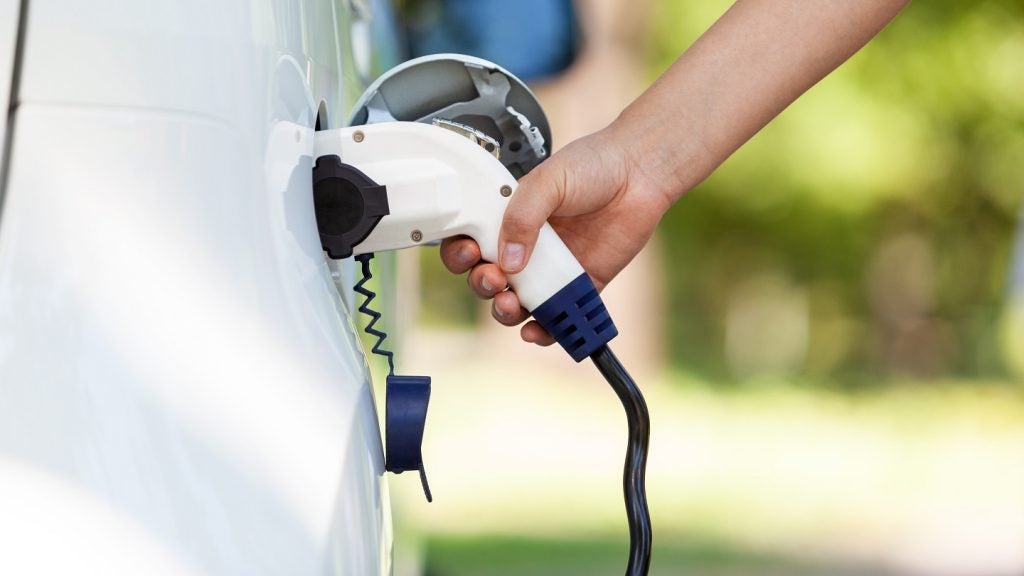Dan Rees sets out on the path to the ‘perfect fleet’, this month
looking at the importance of vehicle selection
In the current uncertain economic climate businesses are looking
to reduce their costs, but at the same time retain and possibly
recruit the best people. From a fleet perspective this can, at
first, appear to be something of a dichotomy. Is it possible for
companies to achieve their cost objectives whilst still fulfilling
the aspirations of the drivers?
The business car is still a highly regarded and emotive benefit.
A well-designed fleet can dramatically reduce its own costs and CO2
emissions, as well as reap dividends in the recruitment and
retention of the best people.
‘Whole life cost’ is a popular expression in the fleet industry,
and conveys an idea of the total cost of acquiring and running a
car over its life on the fleet. This approach has been gaining
ground when selecting cars because the recent significant increase
in fuel cost does not figure amongst the most commonly considered
’upfront’ costs of list price or lease rental rate. The recurrent
flaw in this plan is that tax is almost always omitted. If there is
no inclusion of tax relief, National Insurance contributions (NIC),
VAT recovery or the discounting of cash flows for the time value of
money, then an extremely influential part of the puzzle is
missing.
Most people connected with company cars are aware by now that
CO2 emissions govern the amount of tax that individuals pay to
drive company cars for private use. Fewer people know that
companies have been paying Class 1A NIC on the individuals’
benefit-in-kind charges, therefore paying tax on emissions since
the regime became effective in 2002. When tax relief on
depreciation and rental expense becomes linked to emissions next
April along with the Vehicle Excise Duty shake-up, fleet operators
not using the complete, after-tax whole life cost as a basis for
car selection could be unwittingly adding thousands of pounds to
their base fleet cost.
Cost factors
How well do you really know your competitors?
Access the most comprehensive Company Profiles on the market, powered by GlobalData. Save hours of research. Gain competitive edge.

Thank you!
Your download email will arrive shortly
Not ready to buy yet? Download a free sample
We are confident about the unique quality of our Company Profiles. However, we want you to make the most beneficial decision for your business, so we offer a free sample that you can download by submitting the below form
By GlobalDataDepreciation is the number one cost of a car, followed by fuel.
Put simply, cars with lower CO2 emissions generally use less fuel,
which means less fuel and tax cost.
In general, fleets we see apply a car allocation policy based on
the employee grading structure. This invariably uses either list
price or lease rental rates to define bands from which employees
can choose cars. The major issue with this approach is that two
cars with the same monthly lease rental can have dramatically
different whole life costs, from both the employer and the
employees’ perspectives, often amounting to many thousands of
pounds.
Figure 1 is a screenshot from our analysis software. The dots
represent cars with a list price of approximately £30,000 (bottom
axis). The vertical axis is the whole life cost to the company. The
two highlighted cars demonstrate the huge difference in whole life
cost that can occur with cars with a similar upfront cost. One has
a whole life cost to the company which is £8,717 more than the
other over its fleet life. The difference to the employee is
£7,721.
In addition, there may be more desirable cars in the band above,
which have lower whole life costs, than those from which the
employees in a particular grade can currently choose. Allowing
those cars has a positive effect on staff morale and it also
reduces the company’s cost – a simple win-win scenario.
Choice is vital
Drivers want choice, there is no doubt about it. Usually this is
an emotive decision based on make and model, but when the whole
life cost is added, value for money can become an overriding
requirement. It is vital to communicate the full cost of each car
in tax and private fuel, because the initial emotive response is
often tempered by the possibility of making savings by choosing
equivalent cars.
By capping emissions and identifying benchmark cars to form the
basis of the whole life cost allowance for each grade, it is
possible to remove the concept of list price or lease rental rate
entirely and select cars based on the benchmark. We frequently
advise that the business adopt a trading up and down policy based
on whole life cost, not the lease rental rate, which means the
employer’s cost of providing any car to a driver will be at the
benchmark level. This is ideal for company budgeting and attractive
to drivers because of increased choice. When trading down, the
employer could offer a cash back amount as an incentive for drivers
to choose smaller and ‘greener’ cars, the value for money
factor.
Figure 2 demonstrates a trade up and down situation. Where cars
have a whole life cost above £24,000, the employee pays a private
use contribution such that the company’s whole life cost becomes
£24,000, which is why all those dots appear on the £24,000 line.
Where cars have a whole life cost below £23,000, the company pays
extra salary to the employees such that the company’s whole life
cost becomes £23,000, which is why all those dots appear on the
£23,000 line. The highlighted cars show trade up and trade down
amounts and the effect it has on the employee’s cost.
The trends in fuel cost and taxation policy suggest that the
continuation of policies not based on whole life cost will cost
more and more over time. Sophisticated businesses are already
adopting this approach for their fleets successfully, reducing
their costs and offering a genuinely attractive and flexible
policy.


The author is a business car consultant at Deloitte &
Touche
Motor Finance Issue: 45 – July 08
Published for the web: July 25 08 10:36
Last Updated: July 25 08 11:32







